Disclaimer: I, the mod of this blog, am not a professional. I just really like natural history.
Don't wanna be here? Send us removal request.
Note
Is this blog still active? (:
I made this blog in the middle of a hyperfixation on this channel and this blog will probably never get back to its original level of activity, but I'll still reblog natural history-related posts when I see them.
1 note
·
View note
Photo

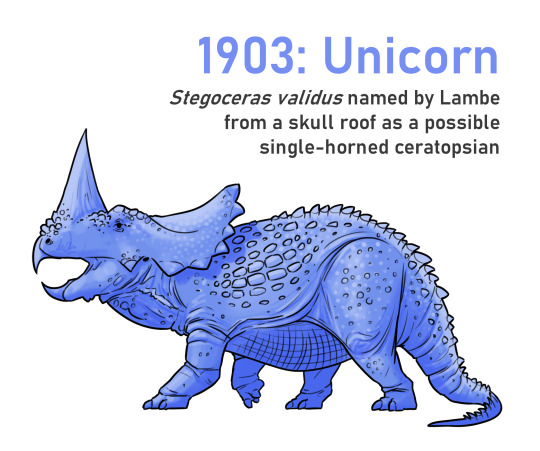
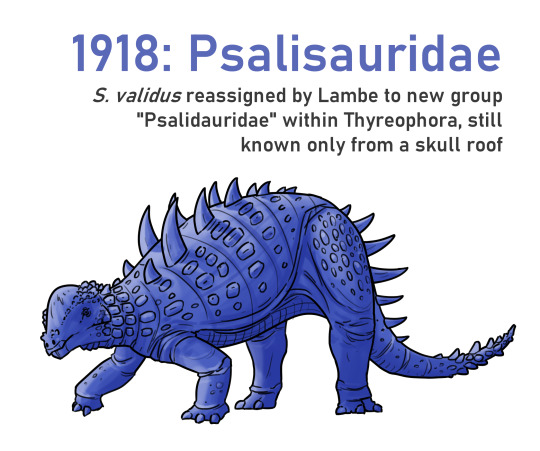
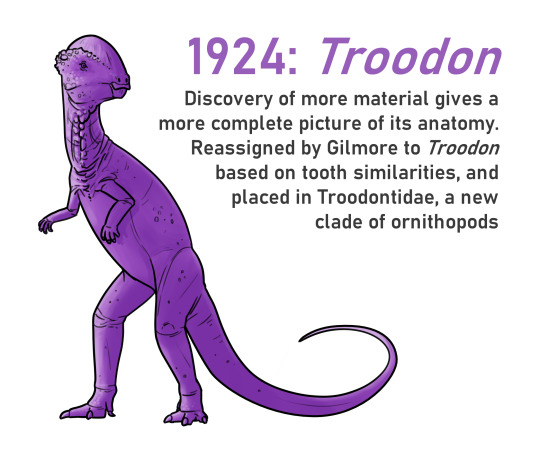
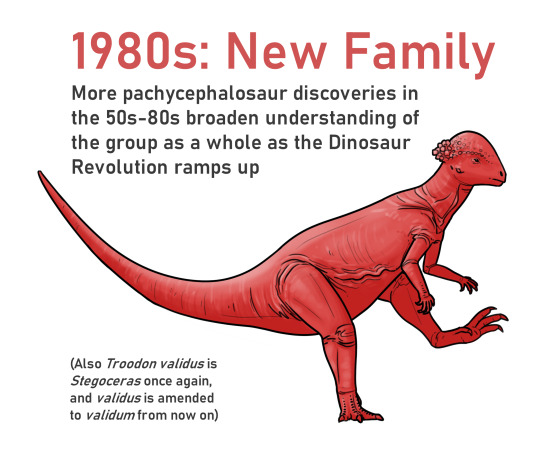
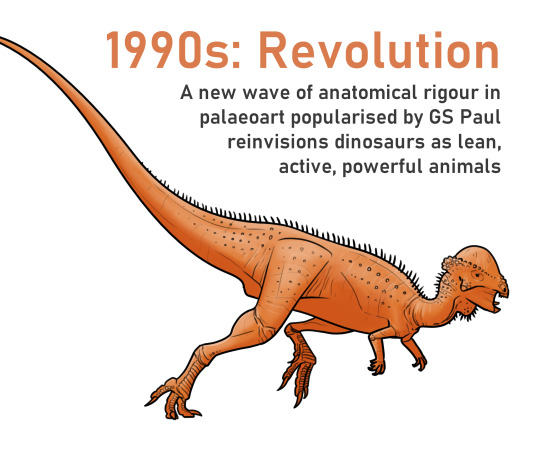
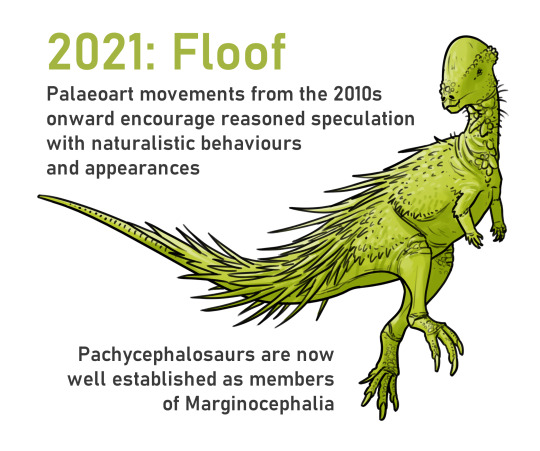
So there’s a challenge being run by Wyatt Andrews on twitter and instagram called #DinosThroughThe Decades, the aim being to compile a timeline of our scientific understanding of one prehistoric species as represented through palaeoart! I decided to do Stegoceras validum, since I feel like it’s gone through a lot of changes that aren’t appreciated as they should be! And so, here’s my breakdown of each drawing in this timeline:
1903
The year in which Stegoceras was described, as Stegoceras validus, by Lawrence Lambe. The identity of the fossil was pretty much completely up in the air at the time, since all we had of it at that point was the dome of the skull:
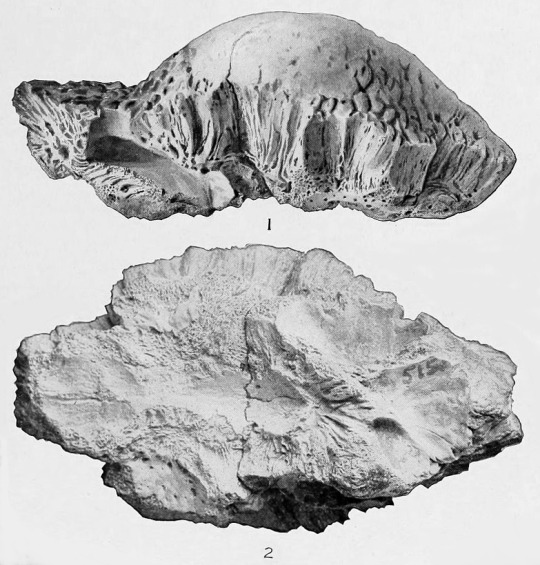
One of the conclusions that Lambe reached, and the one I’ve gone with here, is that the dome was the base of a large single horn on the snout of a ceratopsian dinosaur. There is sadly no actual palaeoart depicting Stegoceras like this, so I based my reconstruction heavily on Charles Knight’s beautiful ceratopsian illustrations from the 1890s and 1900s.
1918
By 1918, Lambe was now suggesting that Stegoceras was not a ceratopsian, but a member of the group stegosauria, which included ankylosaurs and stegosaurs and is now known as thyreophora. He even erected a new clade for Stegoceras, psalisauridae, which did not last long.
This was probably the toughest one for me to work out since the brief is basically “a thick-headed 1910s-style generic thyreophoran”, and I ended up working mostly from Knight’s Stegosaurus and improvising the armour. That said, it’s a wonderfully weird concept and it’s one of my favourite end products!
1924
We finally know what the rest of Stegoceras looks like! Charles Gilmore described a complete skull and partial skeleton of Stegoceras, and very helpfully for me it included a skeletal diagram!

But yes, the small birdlike elephant in the room: Gilmore’s description reassigned our beautiful bumpy-head boy to the now-considered-dubious tooth taxon “Troodon”. This ended up with the kinda confusing situation of having what is now known as pachychephalosauridae being grouped under the name “troodontidae”, which now refers to a clade of dromaeosaurs. Even after the clade name was changed, new pachycephalosaurs were still being described as species of “Troodon” all the way into the 1950s!
1980s
The way that palaeontology viewed dinosaurs was beginning to alter during the 70s and 80s, and dinosaurs were starting to run faster and lift their tails up off the ground. The last few decades had been good for pachycephalosauridae too, with new fossils showing a much greater scope of the group’s diversity in North America and Asia, and “Troodon” finally being ejected from the group as recently as 1987 by Phil Currie.

My main inspiration for this one was these awkward dinosaur book illustrations from around this era that just seem kinda off. Either it’s something about how cylindrical and formless the limbs are, or the stiffness in the pose, but I find them charmingly odd. They look very much like plastic dinosaur toys.

1990s
The Dinosaur Revolution is in full swing at this point, and dinosaurs are tending to look leaner, meaner, and kinda in need of a decent meal. The 90s and the 2000s really form a bit of a single era in dinosaur palaeoart, with dinosaurs in wiry muscle and skin and not much else, often adorned with spikes and osteoderms and the occasional single spiny dewlap. It was a weird time and of all of them this one was the hardest to draw faithfully and correctly without feeling like I was making a parody.
2020s
And finally, my comfort zone! The impact of the book All Yesterdays on the trajectory of modern palaeoart is truly hard to understate, since it basically pushed weird, experimental palaeoart into the mainstream palaeo consciousness. Moving on from the almost literally bare bones dinosaurs of the 2000s, we’ve started rounding out or dinosaurs a bit, and inferring speculative structures and behaviours from what we observe in the fossil record and in the world around us!

The details of integument including quills but also the foot scales and skin on the legs are inferred from the absolutely stunning Psitaccosaurus specimen from a few years ago, since it’s really the closest species we have to pachycephalosaurs that preserves those details.
I think a big part of the culture shift around palaeoart in the last few years is the acknowledgement that we as palaeoartists can never reconstruct a species 100% accurately, and that there is room for interpretation and speculation. If you’re guaranteed to be wrong anyway, you might as well experiment and try out new things, so long as it doesn’t contradict the things that are knowable!
And that’s brought us all the way through almost 120 years of Stegoceras validum, and also 120 years of cultural and artistic evolution in the way we look at and understand dinosaurs! Thanks for sticking with me, I hope you enjoyed the ride!
5K notes
·
View notes
Note
why’re giraffes so violent
most big herbivores are, frankly. if you have a pretty steady supply of food and don’t have to worry about missing a hunt and starving to death, you can afford to throw your weight around more and generally be more aggressive!
that’s why the most dangerous big animals in the world are almost all herbivores.
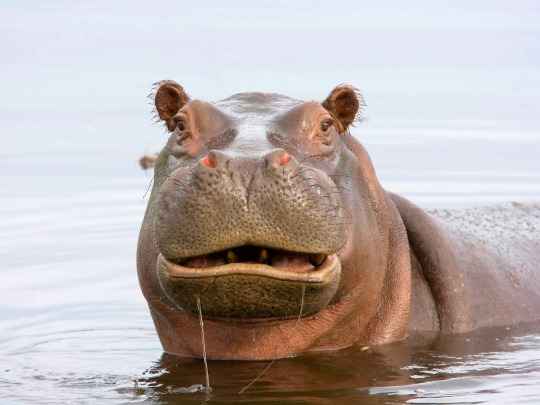
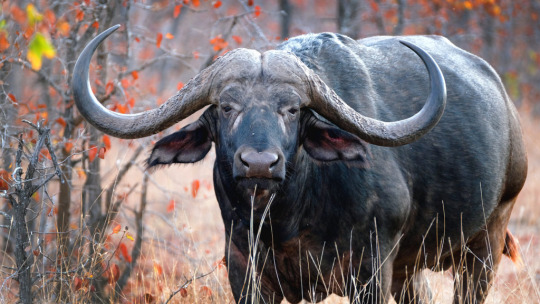
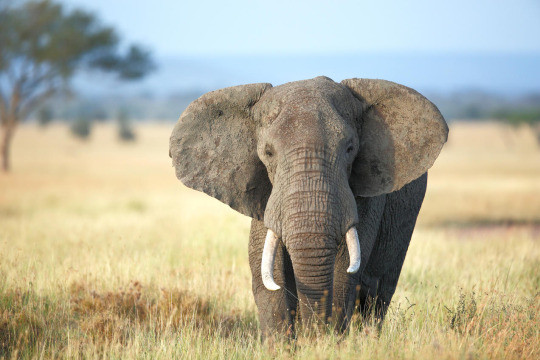
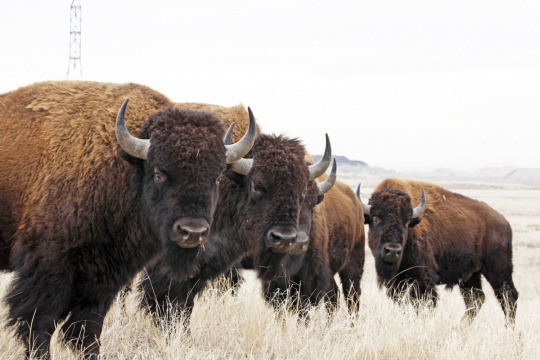
123K notes
·
View notes
Text
I will NEVER see a prehistoric dinosaur

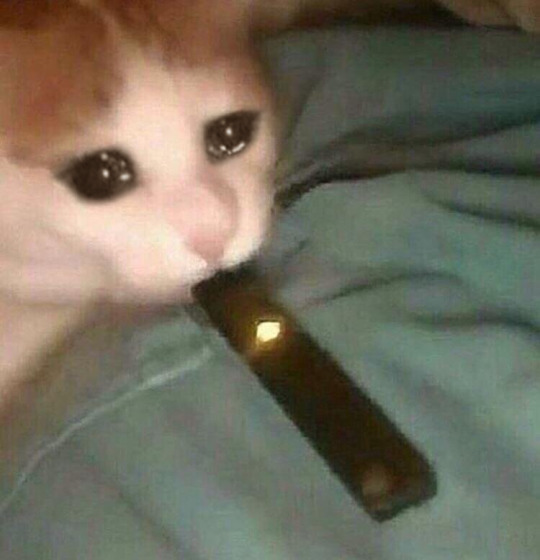
119K notes
·
View notes
Text
youtube
8 notes
·
View notes
Text
youtube
4 notes
·
View notes
Text
curse the ancestors that first crawled out of the primordial ocean soup and forced me to have lungs so that I could breathe curtled muggy air that may as well be water anyway!!
10K notes
·
View notes
Text
youtube
4 notes
·
View notes
Photo

Inktober: how does a phone work underwater half a billion years ago anyways?
68K notes
·
View notes
Text
youtube
9 notes
·
View notes
Text
youtube
2 notes
·
View notes
Text
youtube
4 notes
·
View notes
Text
youtube
2 notes
·
View notes
Text
youtube
2 notes
·
View notes
Text
youtube
3 notes
·
View notes